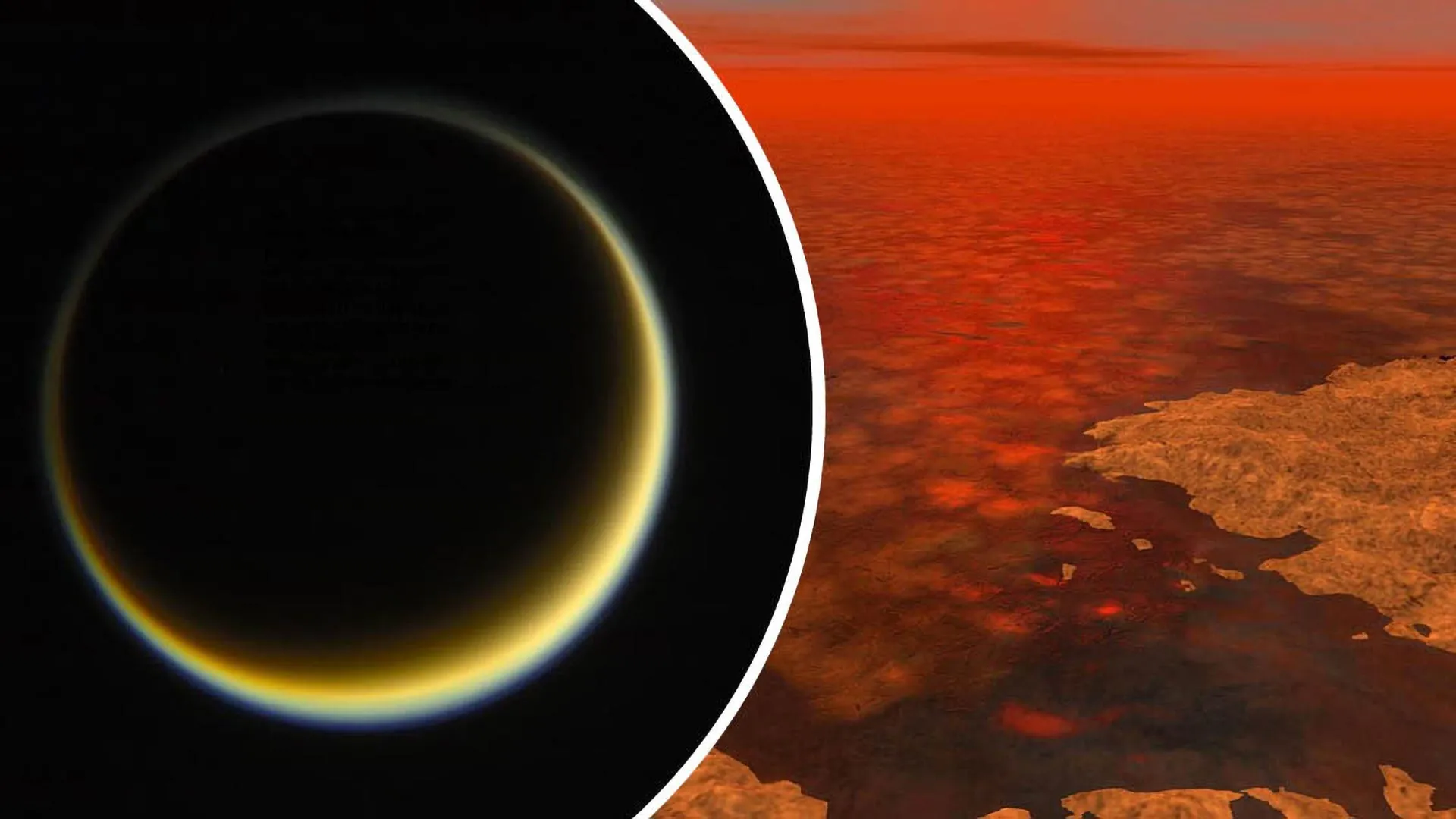EU-funded researchers are developing powerful new telescopes to help uncover Earth-like planets around distant stars and advance the search for extraterrestrial life.
Across the billions of galaxies and stars in the Universe, only one place is…

Across the billions of galaxies and stars in the Universe, only one place is…

Using AI-generated data, known as synthesized data, provides tremendous upsides in a wide variety of applications, including research about the brain.
getty
In today’s column, I examine the advantageous use of AI-generated synthetic data and…

Scientists from Chalmers University of Technology in Sweden and NASA have made a surprising discovery that challenges one of chemistry’s fundamental principles, while also offering new insight into Saturn’s mysterious moon Titan. In Titan’s…

Scientists from Chalmers University of Technology in Sweden and NASA have made a surprising discovery that challenges one of chemistry’s fundamental principles, while also offering new insight into Saturn’s mysterious moon Titan. In Titan’s…

Researchers in Korea have discovered a new method that could help to solve one of the biggest issues with the electrolysis process essential to creating hydrogen as an energy source.
According to Interesting Engineering, scientists at the Korea…

Train stations in city centres are urban areas often associated with dirt and pollution. However, in the heart of Melbourne, a railway station is quietly cleaning the air around it. The Arden Station façade actively fights pollution, kills…

For the first time, scientists have observed a tidal disruption event (TDE) — a phenomenon in which a black hole rips apart a passing star — taking place outside the central region of a galaxy. This unusual discovery revealed powerful and…

More than half of all premature babies born before the 28th week of pregnancy develop respiratory distress syndrome shortly after birth. As their lungs are not yet fully developed, they produce too little of the seemingly magical…

In the hunt for new therapeutics for cancer and infectious diseases, lasso peptides prove to be a catch. Their knot-like structures afford these molecules high stability and diverse biological activities, making them a promising…